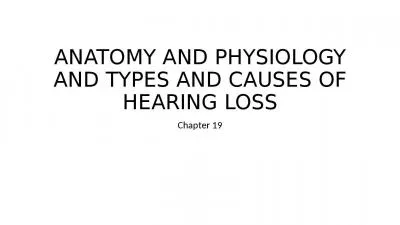PPT-ANATOMY-EAR(DOG) Types Of Ear Affections
Author : ruby | Published Date : 2023-05-23
Otitis externa Inflammation of epithelium of the vertical or horizontal ear canal or both and surrounding structure Otitis media Inflammation of tympanic
Presentation Embed Code
Download Presentation
Download Presentation The PPT/PDF document "ANATOMY-EAR(DOG) Types Of Ear Affections" is the property of its rightful owner. Permission is granted to download and print the materials on this website for personal, non-commercial use only, and to display it on your personal computer provided you do not modify the materials and that you retain all copyright notices contained in the materials. By downloading content from our website, you accept the terms of this agreement.
ANATOMY-EAR(DOG) Types Of Ear Affections: Transcript
Download Rules Of Document
"ANATOMY-EAR(DOG) Types Of Ear Affections"The content belongs to its owner. You may download and print it for personal use, without modification, and keep all copyright notices. By downloading, you agree to these terms.
Related Documents

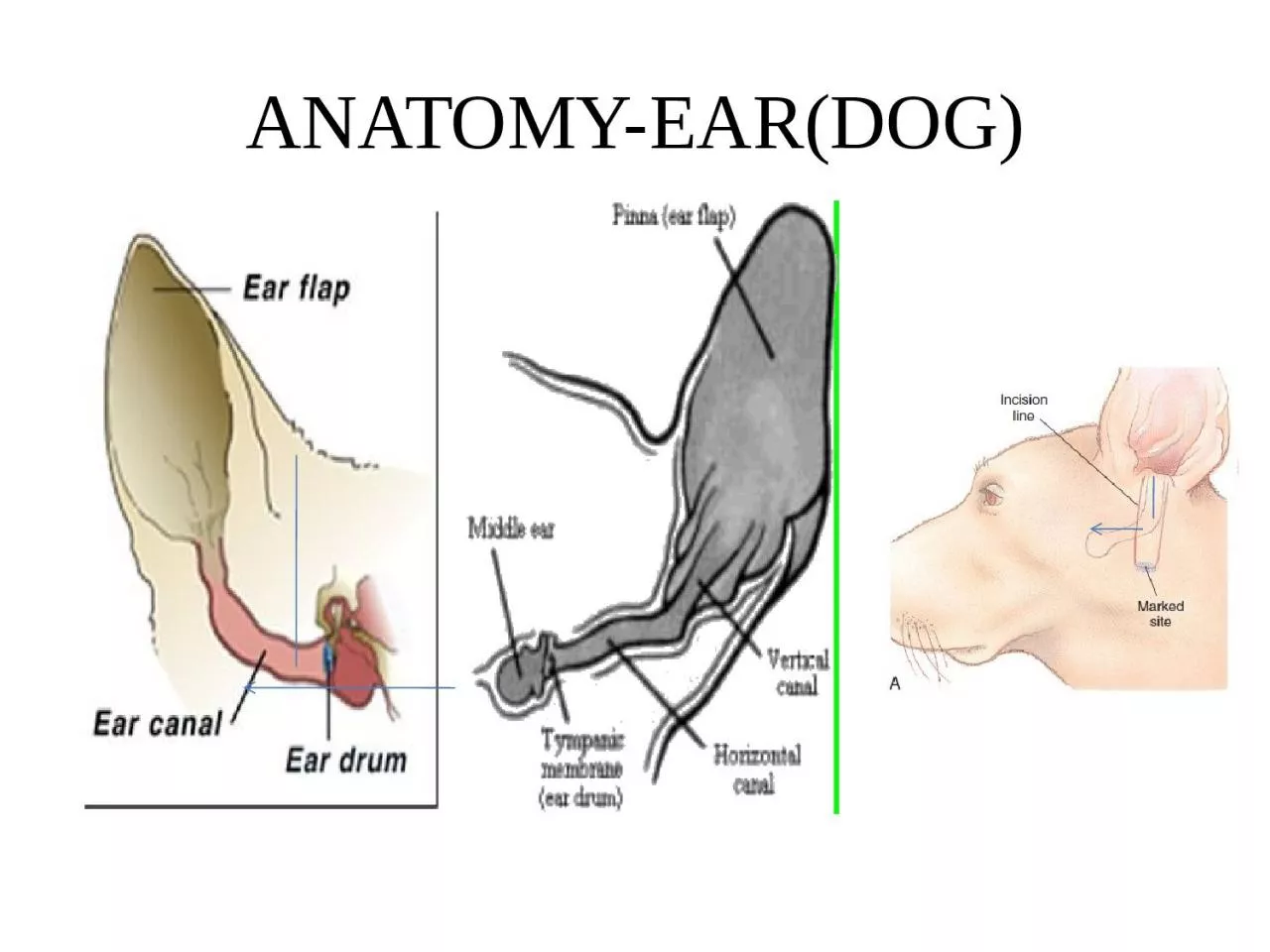







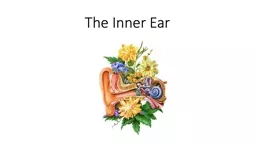
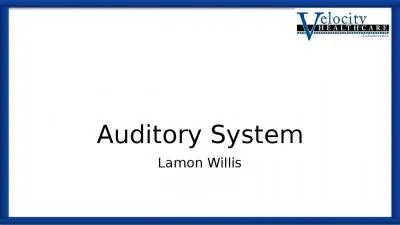
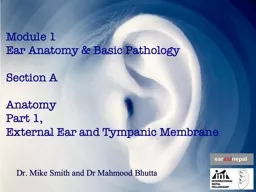
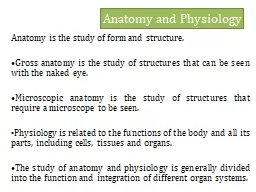
![[DOWLOAD]-Dog Paws: Unique Discrete Password Logbook for Pet Lovers, Dog Paws Design for](https://thumbs.docslides.com/983328/dowload-dog-paws-unique-discrete-password-logbook-for-pet-lovers-dog-paws-design-for-dog-dad-and-dog-mom-small-pets-dogs-series-dog-paw.jpg)
